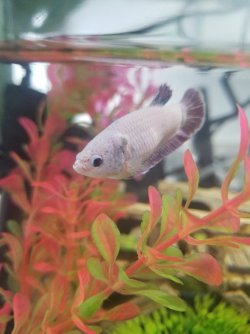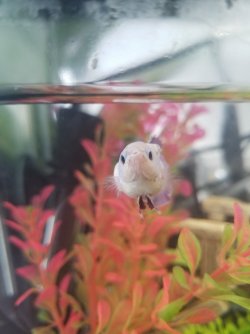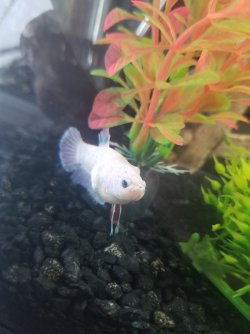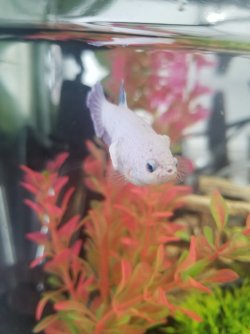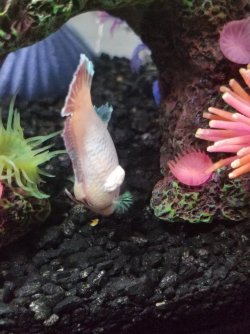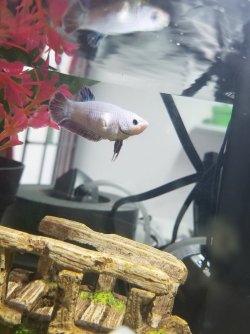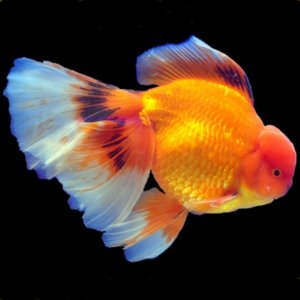Hello!
I've had this lovely little Betta in my work space since the end of October. We adopted her to brighten up our front room and she certainly has! Her name is Dela(Haze).
When I adopted her she had a small white bump on her side. I posted in a few forums about this and most people commenting were convinced she had a tumor. As there hasn't been any other obvious disease or problem to try and treat, we have been going about handling this like a tumor. However browsing the web today I came across lymphocystis in Betta fish and I'm wondering if this could be her problem, not tumors?
As the lump has more than doubled in size and in a span of a few weeks she has developed one on the other side of her body, I'm not quite sure which route to take now either way. I have been sent a multitude of videos on how to remove said tumors as a LAST RESORT, but I'm concerned that might not be what they are?
She is extremely healthy and active. She has a great personality and is social with all of our staff and customers, and even knows a few by face and gets extra excited to see them. She's a great swimmer and eater (she LOVES to eat), she constantly swims against the soft current from her filter on purpose so she's not lethargic. Even her fins have been getting more colorful as she ages, no lack of color aside from her body (white). Very healthy outside of these lumps
Last time the levels in the tank were tested they were all near perfect when it came to the recommended. She has two very large and healthy mystery snails keeping her tank clean as well.
Any suggestions? Attaching pictures
I've had this lovely little Betta in my work space since the end of October. We adopted her to brighten up our front room and she certainly has! Her name is Dela(Haze).
When I adopted her she had a small white bump on her side. I posted in a few forums about this and most people commenting were convinced she had a tumor. As there hasn't been any other obvious disease or problem to try and treat, we have been going about handling this like a tumor. However browsing the web today I came across lymphocystis in Betta fish and I'm wondering if this could be her problem, not tumors?
As the lump has more than doubled in size and in a span of a few weeks she has developed one on the other side of her body, I'm not quite sure which route to take now either way. I have been sent a multitude of videos on how to remove said tumors as a LAST RESORT, but I'm concerned that might not be what they are?
She is extremely healthy and active. She has a great personality and is social with all of our staff and customers, and even knows a few by face and gets extra excited to see them. She's a great swimmer and eater (she LOVES to eat), she constantly swims against the soft current from her filter on purpose so she's not lethargic. Even her fins have been getting more colorful as she ages, no lack of color aside from her body (white). Very healthy outside of these lumps
Last time the levels in the tank were tested they were all near perfect when it came to the recommended. She has two very large and healthy mystery snails keeping her tank clean as well.
Any suggestions? Attaching pictures
Attachments
Last edited:

